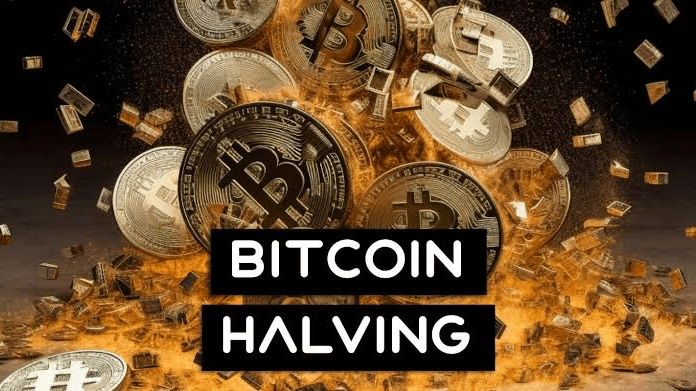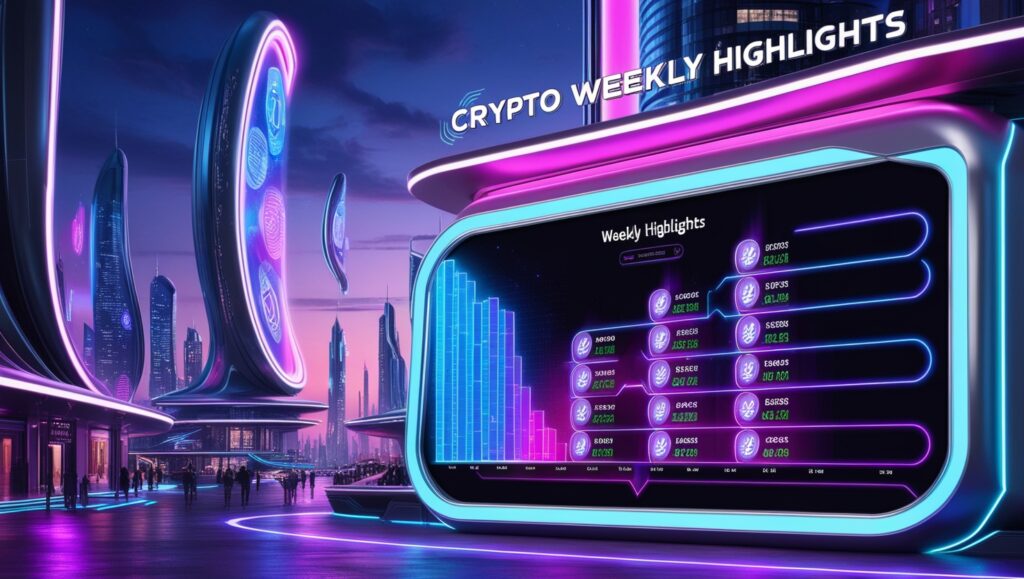For Bitcoin supporters, a once-every-four-year software upgrade known as the “halving” has long been regarded as one of the keys to maintaining the currency’s value.
Moreover, it is expected to result in multibillion-dollar drops in earnings for the very firms that guarantee the seamless operation of the digital currency, following an increase in their largest expenses.
Around April 20, the halving will reduce the amount of Bitcoin that “miners” can earn every day for validating transactions to 450 from the current 900. Based on Bitcoin’s current pricing, the industry might face revenue losses of roughly $10 billion per year. Marathon Digital Holdings Inc., CleanSpark Inc., and other miners, which compete for a fixed Bitcoin payout by solving mathematical puzzles using superfast computers, have invested in new equipment and attempted to acquire smaller competitors in an effort to offset income declines.
According to Matthew Kimmell, a digital asset analyst, miners are making a last-ditch effort to extract as much money as they can before their output suffers significantly. The strategic response and adaptation of individual miners could determine the outcome of the industry, as revenues have declined dramatically over night.
Granted, Bitcoin has risen to all-time highs during earlier halvings, which has helped to offset the recurring decline in mining rewards and the rise in operating expenses. Following the digital currency’s more than fourfold increase since November 2022, this month’s event takes place. However, the industry’s profit margin is continuously narrowing. In an endless technological arms race for decreasing returns, miners will have to keep spending more money. And whereas mining has always been costly due to the energy-intensive validation process, the deeply capitalised and rapidly growing artificial intelligence sector is now posing much more competition for power.
The skyrocketing price of Bitcoin has stimulated growth in cryptocurrency mining and partially offset those electricity expenses. According to a JPMorgan Chase & Co. analysis published on April 1, the total market capitalization of 14 U.S.-listed miners has increased to almost $20 billion since the introduction of the first specialized machinery in 2013.
Despite being the industry’s public face, US-listed miners only make up 20% of the computer power in the market, according to crypto researcher TheMinerMag. The remaining miners are private, and they may be particularly susceptible following the halving since, unlike public firms, they usually cannot obtain money through share sales; instead, they must rely on debt financing or venture capital to meet their needs.
Certain traders are placing bets on the decline of mining stocks as the excitement surrounding the event has increased. As of April 11, S3 Partners LLC estimated that the total short interest, or the monetary worth of the shares borrowed and sold by pessimistic traders, was approximately $2 billion. According to Ihor Dusaniwsky, managing director of predictive analytics at S3, this short interest made up about 15% of the group’s outstanding shares, which is three times more than the US average of 4.75%.
The fourth update since 2012 was preprogrammed by the mystery creator of Bitcoin, Satoshi Nakamoto, to uphold the hard ceiling of 21 million tokens in order to prevent the currency from experiencing inflation.
Four years ago, when Bitcoin was trading for less than $9,000 and most mining activity was concentrated in China, the situation was different. Since then, a large portion of that activity has moved to the US, increasing electrical competition.
The chief executive officer of Core Scientific Inc., a major publicly traded Bitcoin mining company situated in Austin, Texas, Adam Sullivan, stated that “power in the US is extraordinarily constrained.” As they search for space for data centers—which also consume a lot of energy—miners are currently up against some of the biggest tech businesses in the world.
Because the emerging AI market is attracting large sums of money, miners are finding it more difficult to negotiate reasonable electricity rates with utility companies. Blackstone is constructing an empire of data centers worth $25 billion, while Amazon.com Inc. plans to invest over $150 billion in them. Microsoft Corp. and Google Inc. are also making significant investments.
Power Grab
According to David Foley, co-managing partner at Bitcoin Opportunity Fund, which has invested in both public and private miners, the artificial intelligence community is willing to spend three or four times what Bitcoin miners were paying for electricity last year. He added that this is taking on all around the world.
Because of their steady cash source, which is not affected by fluctuations in Bitcoin values like mining is, the tech companies also have an advantage when it comes to purchasing power from utilities. According to Taras Kulyk, CEO of cryptocurrency-mining services firm SunnyDigital, utilities view tech businesses as more dependable buyers due to their robust balance sheets.
Cheap electricity contracts may be more difficult to extend when current agreements expire as a result of the competition. According to Greg Beard, CEO of open Bitcoin miner Stronghold Digital Mining Inc., large-scale Bitcoin miners usually lock in energy pricing for a few years.
Computer Power
In a winner-take-all competition, miners compete for a set payout for being the first to process a block of transactions on the Bitcoin blockchain. This prize will decrease from 6.25 Bitcoin to 3.125 Bitcoin upon the halving.
A miner is more likely to receive the reward if it has greater processing power. However, the difficulty is increasing. According to a biweekly update from the cryptocurrency-mining website btc.com, mining difficulty—a measure of the processing power needed to generate Bitcoin—has increased nearly sixfold since the 2020 halving. That’s because there are more miners than there are available, and the payout is set.
Public Bitcoin miners have raised billions of dollars to finance the acquisitions by releasing new shares, and companies have been upgrading their equipment with more efficient machines to create extra computing power.
Private mining companies, which supply around 80% of the computing power used in the US mining industry, are not eligible for that choice. Those businesses largely depended on debt issuance to assist fund their expenses during the previous bull run in 2021. Around that time, it was estimated that up to $4 billion in loans secured by mining equipment had been taken out by both public and private miners. However, as many lenders failed after the 2022 cryptocurrency market meltdown, deals have become more difficult to come by.
The CEO of Blockhouse Digital, an asset management company that specializes in yield-generating tactics and collateralized lending in the cryptocurrency markets, Young Cho, stated that the market is difficult. For a number of months, miners have been searching for lenders, but none have been available.
In addition to debt financing, some private miners are raising finance through venture capital funding rounds, according to Foley of the Bitcoin Opportunity Fund.
According to Kimmell at CoinShares, companies with negative cash flows that are unable to obtain financing must decide whether to use private equity or keep cash on hand as a precaution.
On the other hand, he added, they can end up pulling out of the market if they have little faith in future mining earnings.









